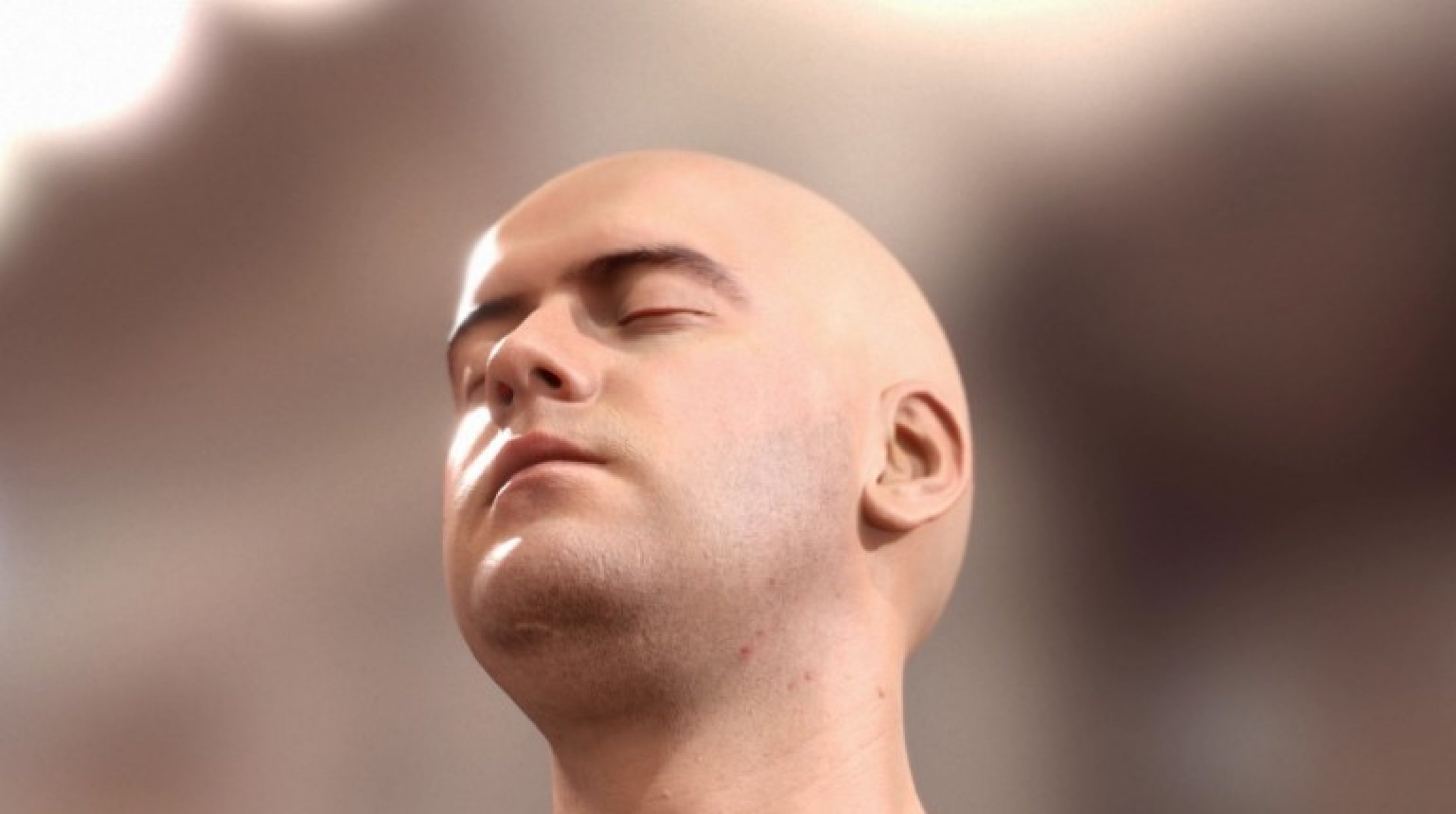Hyper-Realistic Graphics Breakthrough: Artist Solves Human Rendering Special Effects Puzzle [VIDEO]
Hyper-realistic human rendering graphics are now possible thanks to an artist who's using a new breakthrough in animation technology called separable subsurface scattering. It's a new way to achieve more realistic looking animated people, one of the hardest things to do in animation. The breakthrough, by animator and Ph.D candidate at the University of Zaragoza (Spain) Jorge Jimenez, is not only unique, but can be built with high end consumer technology.
Aninmated studios like Pixar can achieve this level of realism, but with much more advanced computers.
Efforts towards rendering ultra realistic skin are futile if they are not coupled with (several special effects techniques), Jimenez wrote in a blog post on his Web site Feb. 2.
If you fail on any of them, the illusion of looking at a real human will be broken. Specially on close-ups at 1080p, that is where the real skin rendering challenge is.
It's challenging because human skin is partly translucent, and that makes animated versions hard to reproduce because the light doesn't look right, Jimenez wrote. The main application of this new technology is in video games, and because it can be done without super advanced equipment, it could show up in the next Xbox or PlayStation, for example. Check out the video to see what all the fuss is about and then start the slideshow to see some close-ups of this amazing technology. Tell us in the comments if you think this is the future of gaming.
Separable Subsurface Scattering (Real Time) from Jorge Jimenez on Vimeo.
MUST READ: Scientists Bore Two Mile Into Antarctic Ice, Reach Ancient Lake





© Copyright IBTimes 2024. All rights reserved.











